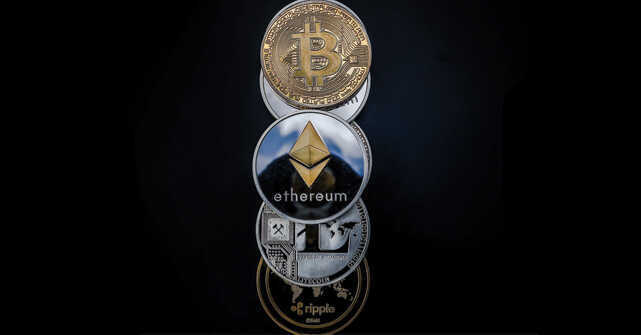
EU takes strides to regulate 'Wild West' crypto market


The European Union (EU) has agreed on taking a major step in regulating crypto assets, as the pressure is mounting on authorities to regulate the sector.
EU lawmakers and members have agreed through a deal on what is likely to be the "first major attempt at creating a comprehensive regulatory framework for digital assets" in the region. EU lawmaker Stefan Berger said that the rules will “put order in the Wild West of crypto assets.”
The new law, known as Markets in Crypto-Assets (MiCA), comes at a time for digital assets, with bitcoin facing its worst quarter in more than a decade.

The key issues that were highlighted in the talks and negotiations include, non-fungible tokens (NFT), supervision, and energy consumption. The deal is likely to focus on including only token-like NFTs in the scope of MiCA, with authorisation and supervision of crypto firms at member state level.
MiCA will also address environmental concerns surrounding crypto, with firms required to disclose their energy consumption as well as the impact of digital assets on the environment. A previous proposal that was turned down in March ignored the energy-intensive process of minting new units of Bitcoin and other tokens. Firms operating in an EU state would have 18 months after the start date to get a MiCA licence without disruption to service.
The law is likely to make life difficult for numerous players in the crypto market, including exchanges and issuers of so-called stablecoins, tokens that are meant to be pegged to existing assets like the US dollar, said industry watchers.

Under the new rules, Stablecoins like Tether and Circle’s USDC will be required to maintain ample reserves to meet redemption requests in the event of mass withdrawals. They also face being limited to 200 million euros in transactions per day if they become too big.
Furthermore, regulators also agreed on measures that would reduce anonymity when it comes to certain crypto transactions. For example, authorities are deeply concerned about exploitation of crypto-assets for laundering ill-gotten gains and evasion of sanctions — particularly after Russia’s ongoing invasion of Ukraine.
While EU member states will be the main enforcers of the rules, the European Securities and Markets Authority, or ESMA, is also being given powers to step in to ban or restrict crypto platforms if they are seen to not properly protect investors or threaten market integrity or financial stability.

The rules won’t affect tokens without issuers, like bitcoin, however trading platforms will need to warn consumers about the risk of losses associated with trading digital tokens, a CNBC report said.
Berger also stated that the law would “set clear rules for a harmonised market that will provide legal certainty for crypto asset issuers, guarantee equal rights for service providers and ensure high standards for consumers and investors.”
While some of its stricter policies may impact a few crypto firms, several industry insiders see the move as a positive step and believe Europe could lead the way on crypto regulation. Paolo Ardoino, leader era officer of Tether, said, “MiCA is one of the more progressive initiatives to date and is focused on driving crypto innovation and adoption in the European region.”

Dante Disparte, leader technique officer at Circle, mentioned the EU framework represented a “significant milestone.” He mentioned in his blog, MiCA “will be to crypto what GDPR was to privacy.”
Crypto assets came under pressure after the collapse of TerraUSD and Luna tokens last month, with major US cryptocurrency lending company Celsius Network this month freezing withdrawals and transfers. Bitcoin collapsed this month to around $17,600, and is currently trading around $20,100, well below its late March level of $48,200, leaving investors nursing losses.
